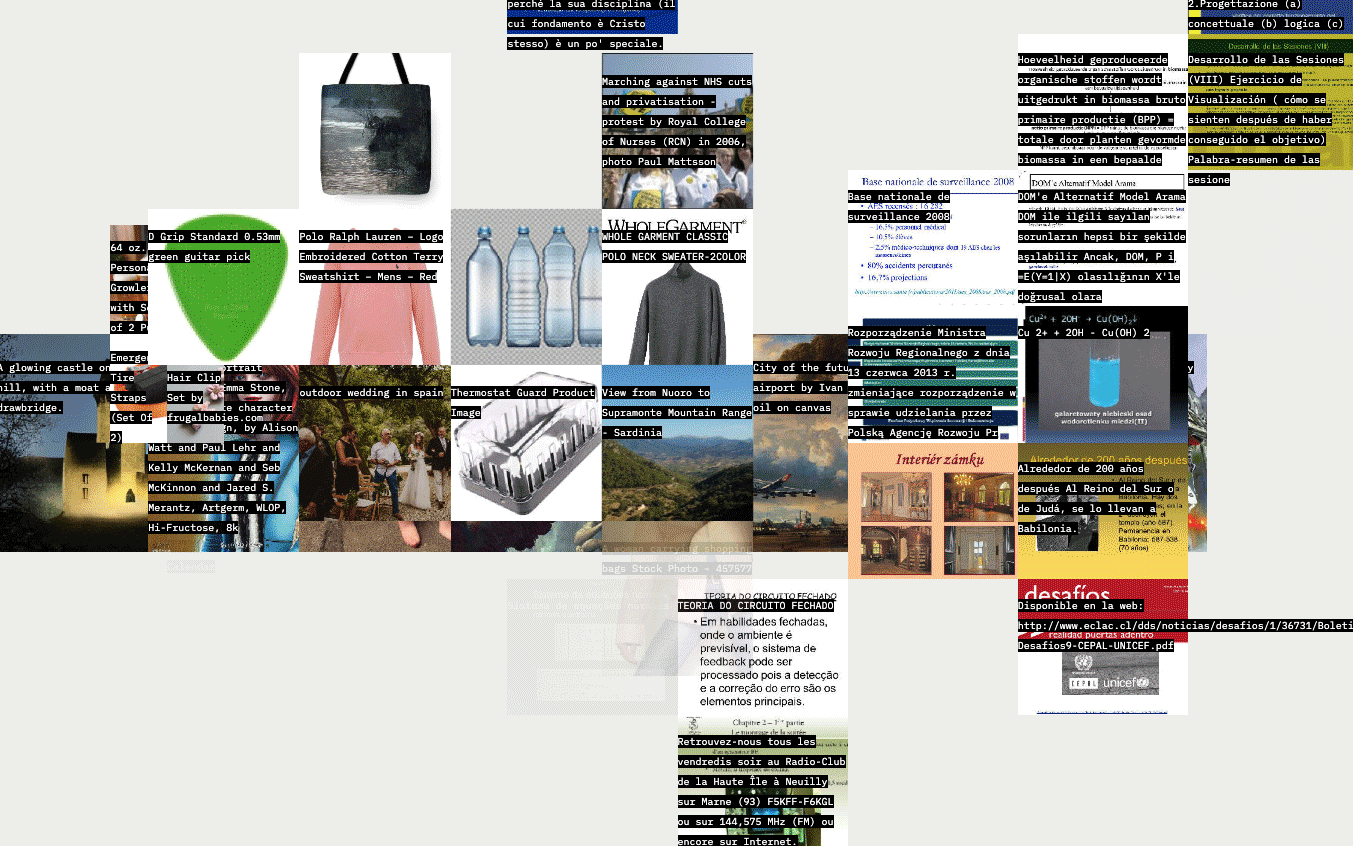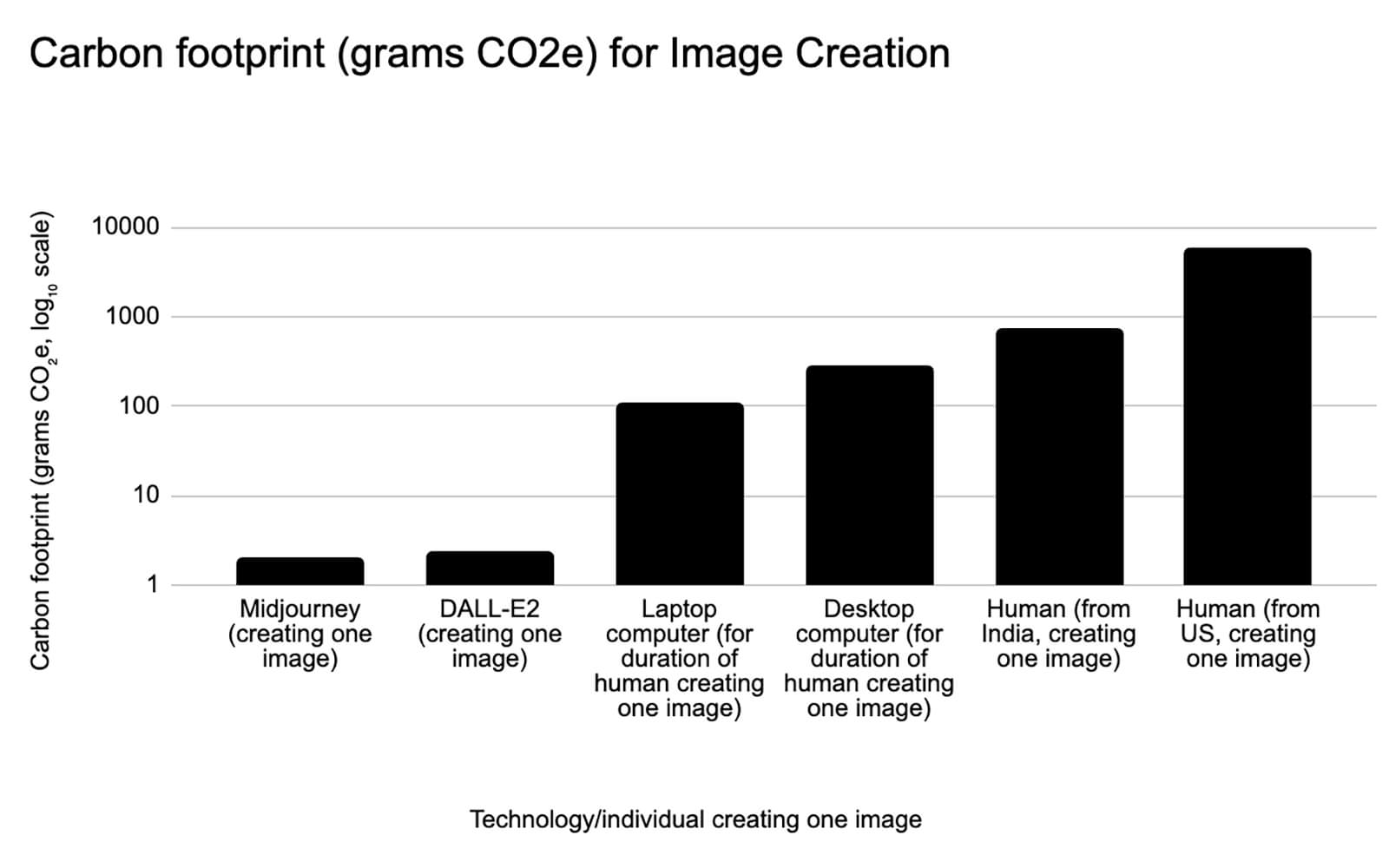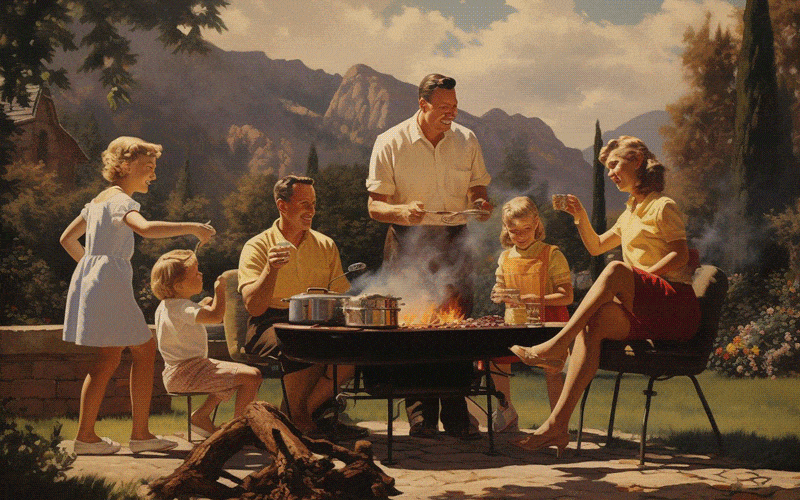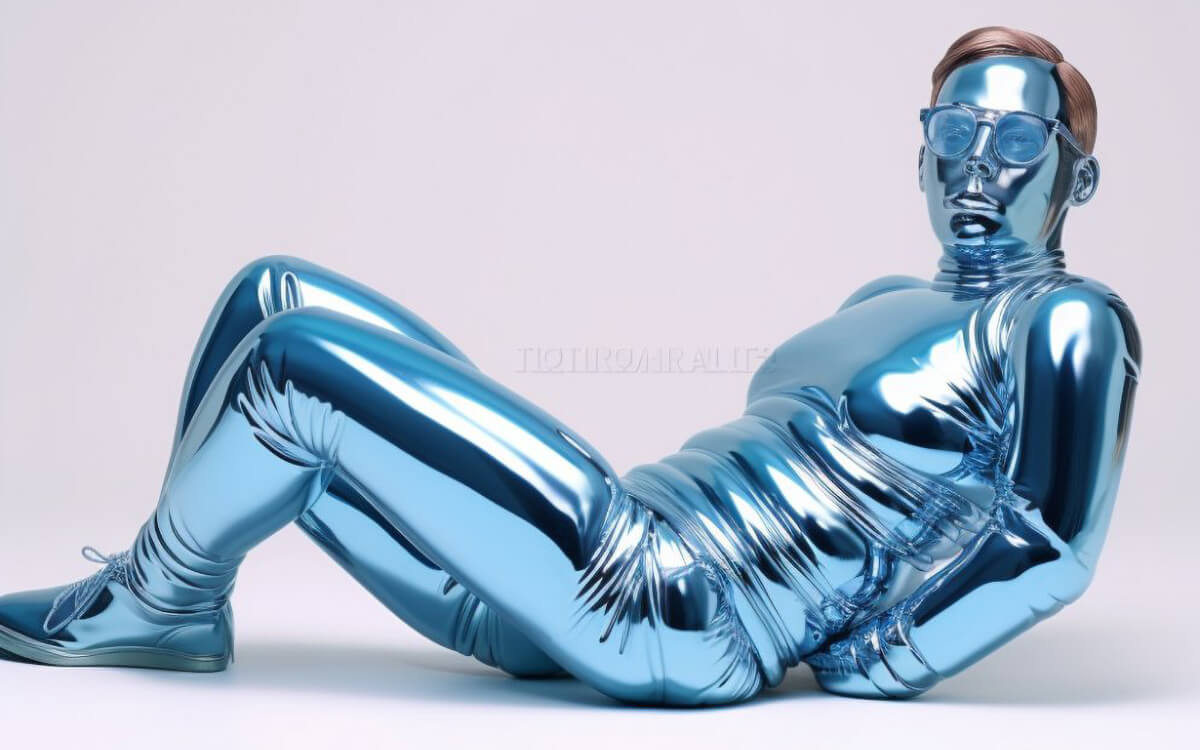1,577 days, 2,409 entries ...
Newsticker, link list, time machine: HOLO.mg/stream logs emerging trajectories in art, science, technology, and culture––every day
“If your full-time, eight-hours-a-day, five-days-a-week job were to look at each image in the dataset for just one second, it would take you 781 years.”
To illuminate how generative AI models like Midjourney and Stable Diffusion derive their worldview from its 5.8 billion image and text pairs, German data journalist Christo Buschek and Canadian software artist Jer Thorp deconstruct the (only) open-source foundation dataset LAION-5B in an incisive, visual essay. Digging deep into its troubled contents, algorithmic—not human—curation, and entanglements with other systems, the two warn about stacking “models on top of models, and trainings sets on top of training sets.”

“László Moholy-Nagy telephoned instructions to a factory in the 1920s to produce images without the need to be on-site to direct production.”
How does generative AI’s carbon footprint fare against human creators? Pretty well, according to a recent paper shared by American software artist Kyle McDonald. Comparing text and image creation energy use, University of California researcher Bill Tomlinson and team found that BLOOM, ChatGPT, Midjourney, and DALL-E2 beat human writers and illustrators (and their computers) by wide margins: “An AI creating an image emits 310 to 2900 times less CO2,” states the paper. McDonald’s dark take: “New eugenics just dropped.”

German media scholar Roland Meyer reveals AI image synthesis tools to be “redundancy processing machines,” as he pushes Midjourney’s new zoom-out feature to the extreme. Prompting a “family enjoying a barbecue” that yields a painterly “all-white, middle-class, suburban American dream world,” the AI keeps adding more of the same—more white people, more barbecue grills—as Meyer zooms out. “Redundancies collapse in on themselves,” muses Meyer, until, eventually, “clichés turn into nightmares.”

Never shy to insert his eccentric alter ego into art history as a form of playful provocation, Canadian artist Jeremy Bailey tasked the generative AI system Midjourney to put his ‘Famous New Media Artist’ persona into a David Hockney pool painting (“it keeps twisting my legs up!”) and to combine it with one of Jeff Koons’ balloon dogs (image). Credit where credit is due: Balloon Bailey is the blue, bespectacled kitsch we didn’t know we needed.

“It might be best understood not as incriminating some of the 20th century’s most iconic artworks, but as defending against a future where all authorship is swallowed by the digestive system of a quasi-sentient reproduction machine.”
“The things that cost money are the things that give magazines their quality—photo editors, designers, journalists, editors. It’s why those who love magazines do so fiercely. And it’s why I’m conflicted by Midjourney Magazine. I want to like it. But it’s soulless.”
“Americans don’t need AI generated images to imagine they’re being overrun by immigrants and that their cities have devolved into anarchy, just like they don’t need deepfakes to believe lies about Nancy Pelosi.”
Eliot Higgins, Founder and Creative Director of the investigative journalism group Bellingcat, rattles Twitter with a series of deepfakes depicting Donald Trump’s arrest. Created using the latest version of Midjourney in anticipation of the rumoured bust, the AI-generated images show dramatic (and dramatically convincing) scenes of the former U.S. president wrangling cops and being taken in. In the real world, the Manhattan grand jury investigating Trump has yet to vote on an indictment.

“No, these renderings do not relate to reality. They relate to the totality of crap online. So that’s basically their field of reference, right? Just scrape everything online and that’s your new reality.”
“Something like the nail art design might include the positions of the hands, the angle of the pseudo-photographic shot, and instructions for tweaking the prompt to produce different manicure styles and themes.”
“You’ll be able to buy a console with a giant AI chip and all the games will be dreams.”
Daily discoveries at the nexus of art, science, technology, and culture: Get full access by becoming a HOLO Reader!
- Perspective: research, long-form analysis, and critical commentary
- Encounters: in-depth artist profiles and studio visits of pioneers and key innovators
- Stream: a timeline and news archive with 1,200+ entries and counting
- Edition: HOLO’s annual collector’s edition that captures the calendar year in print
